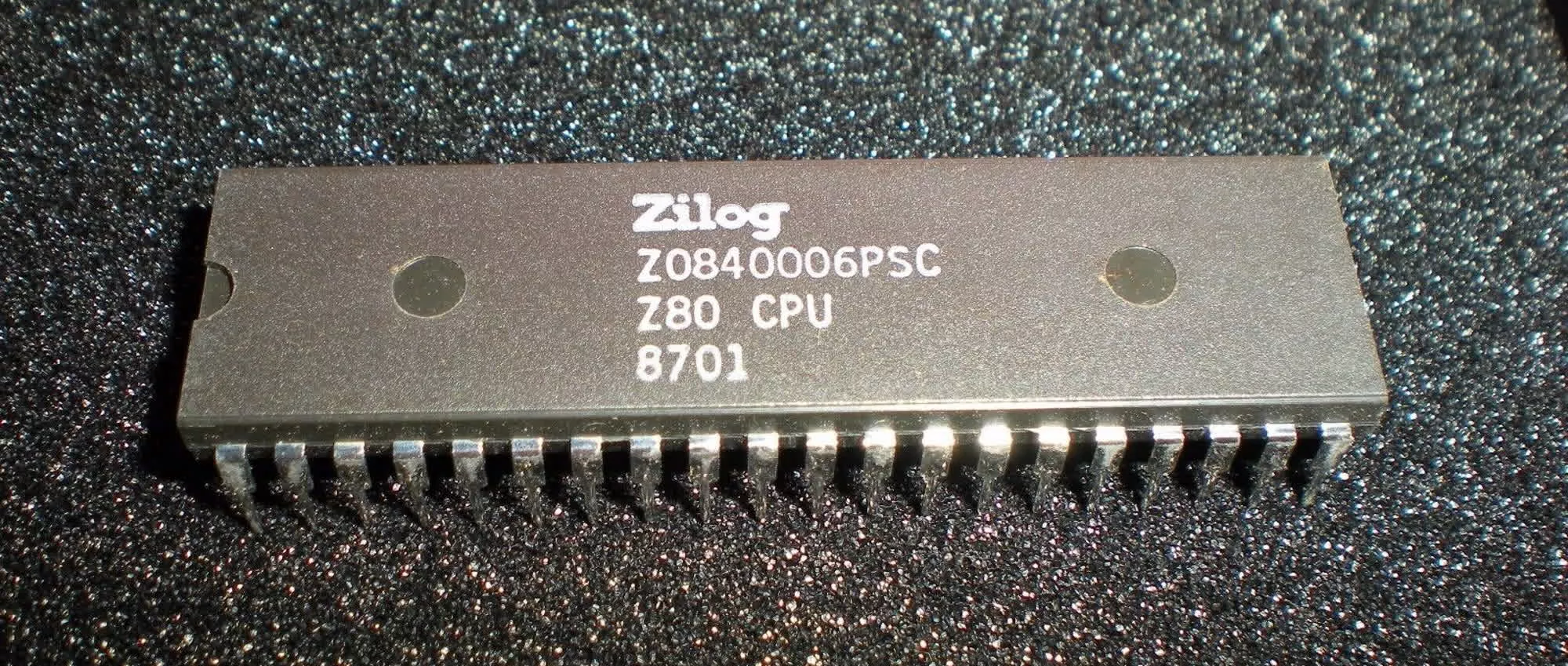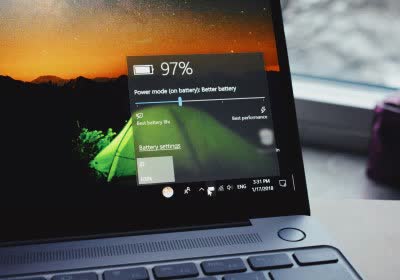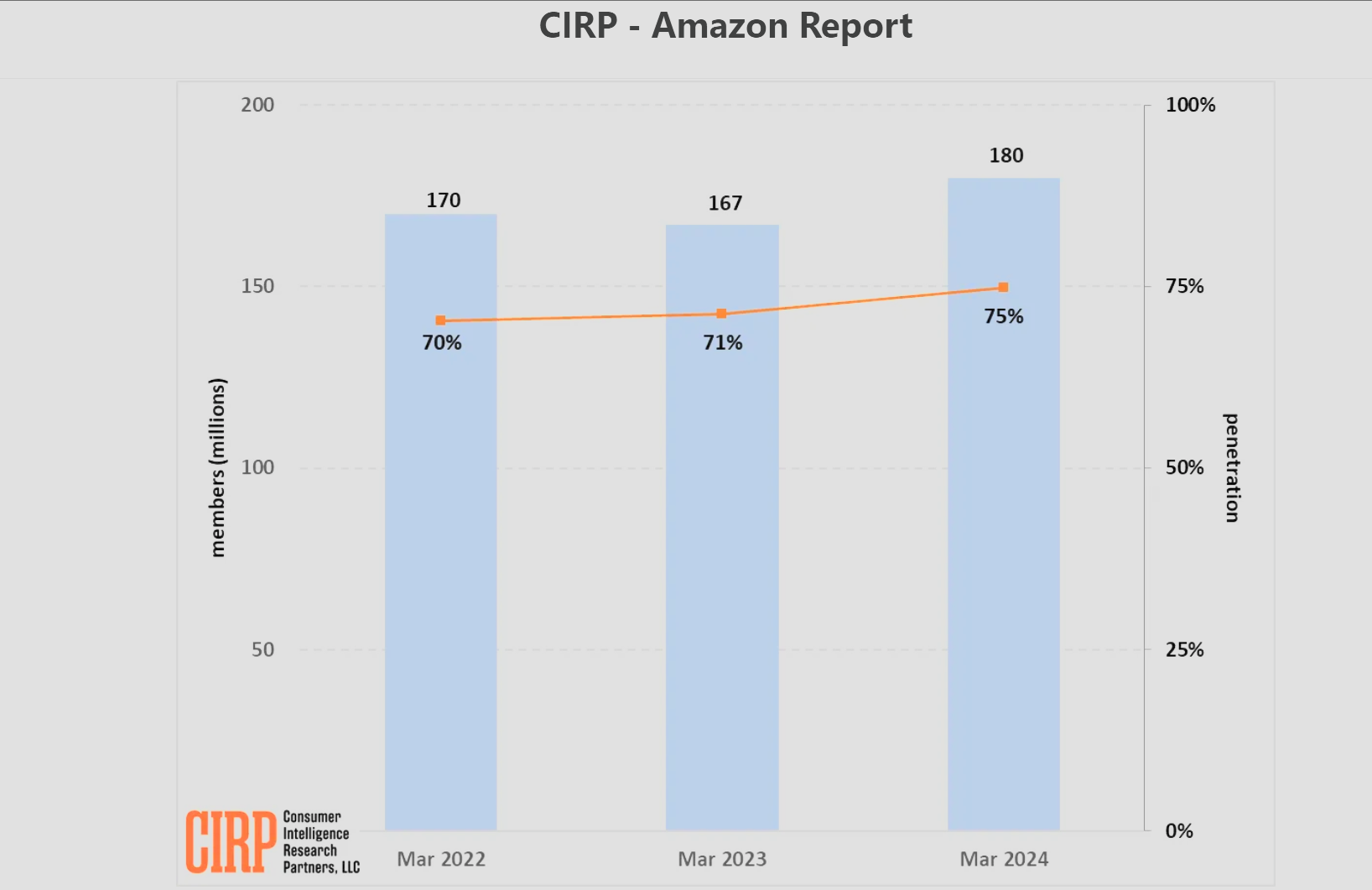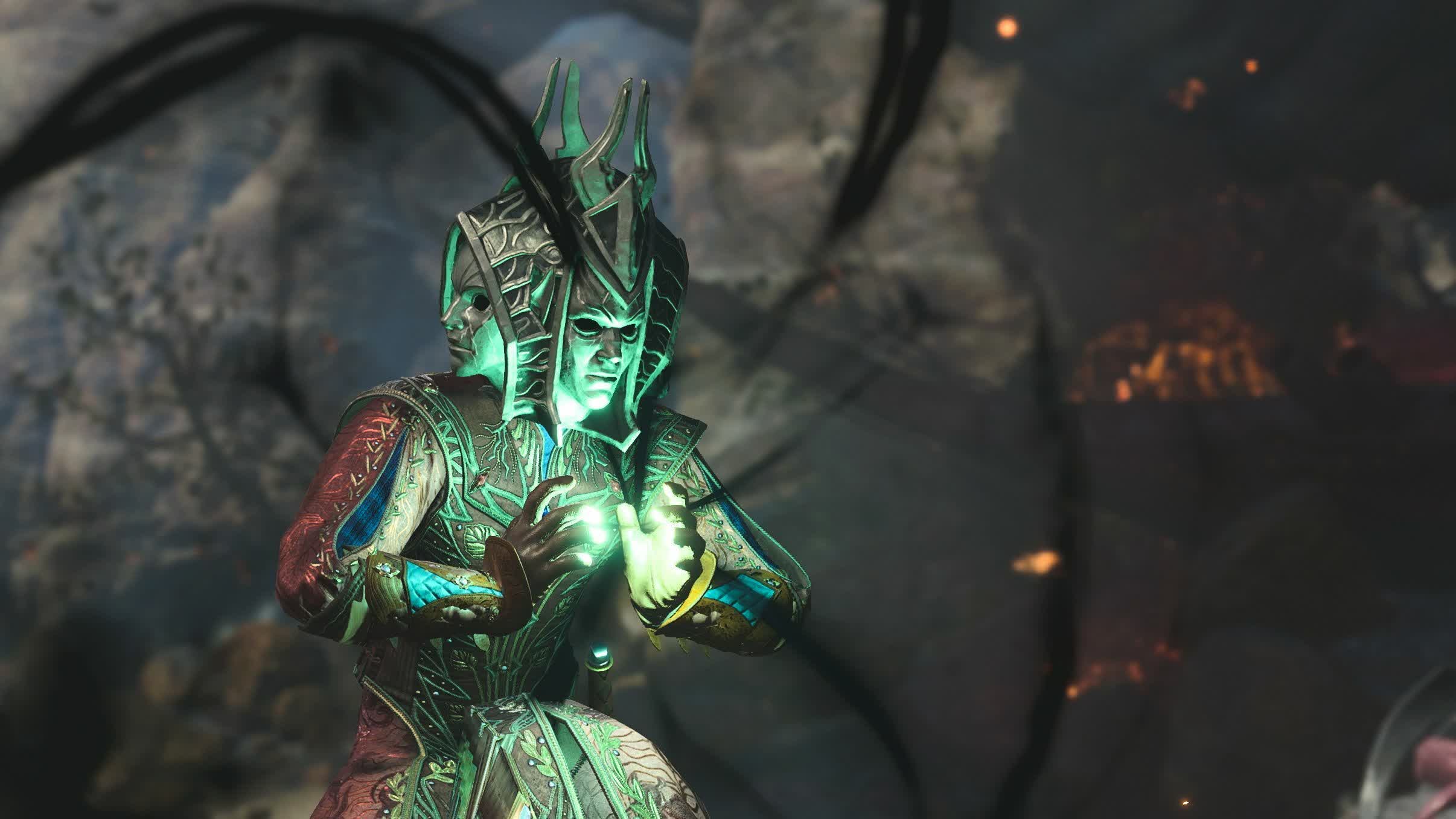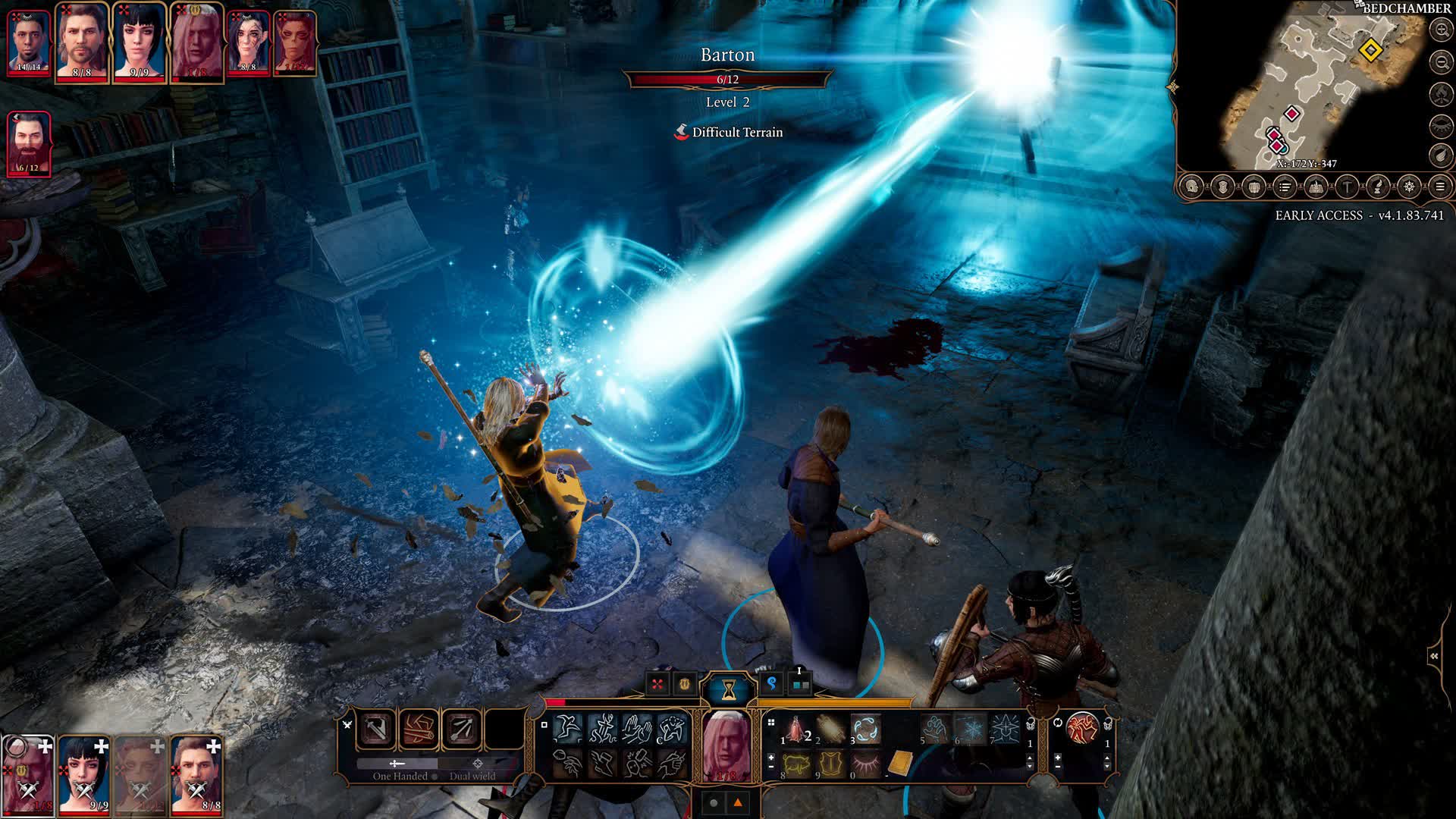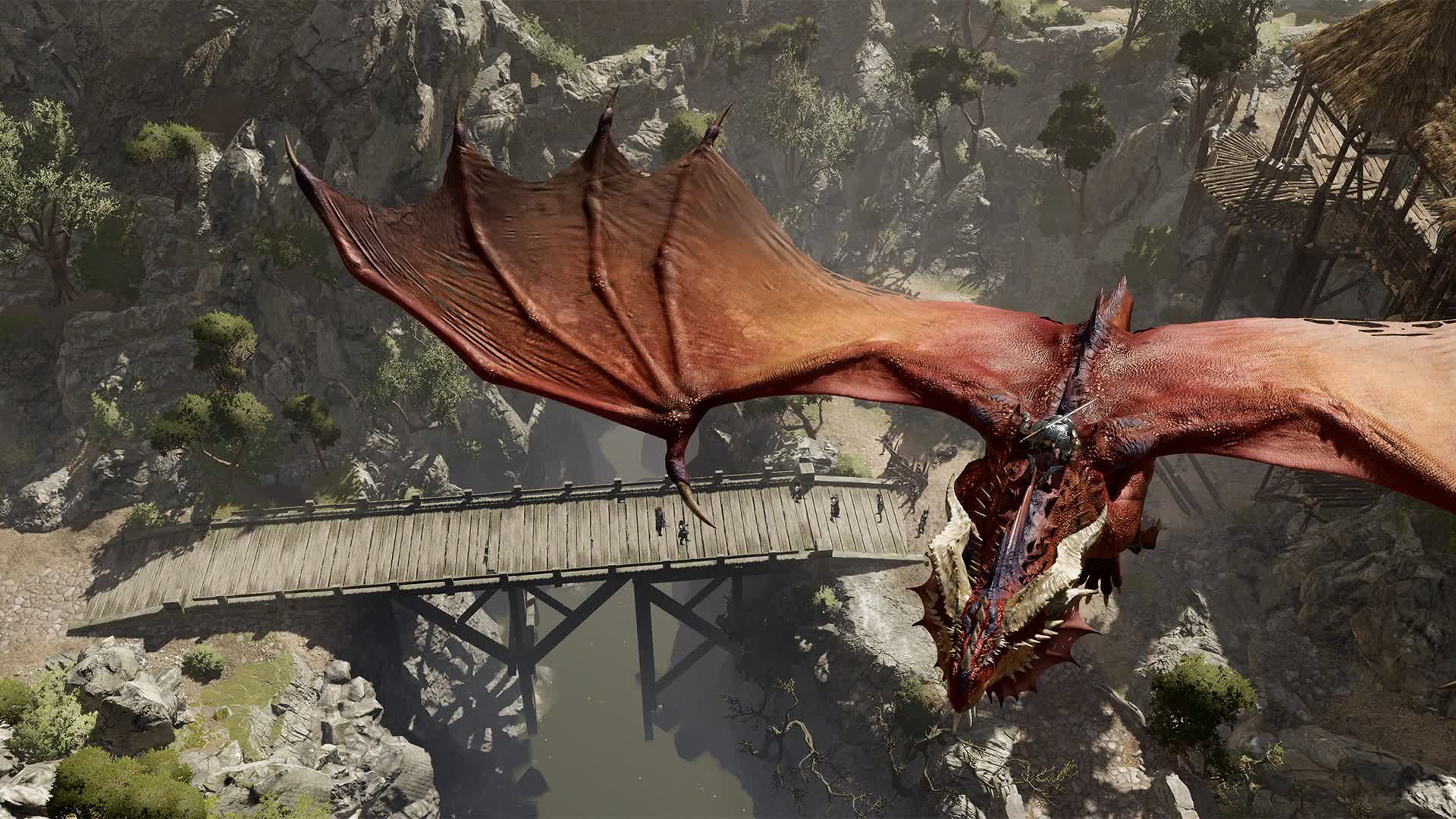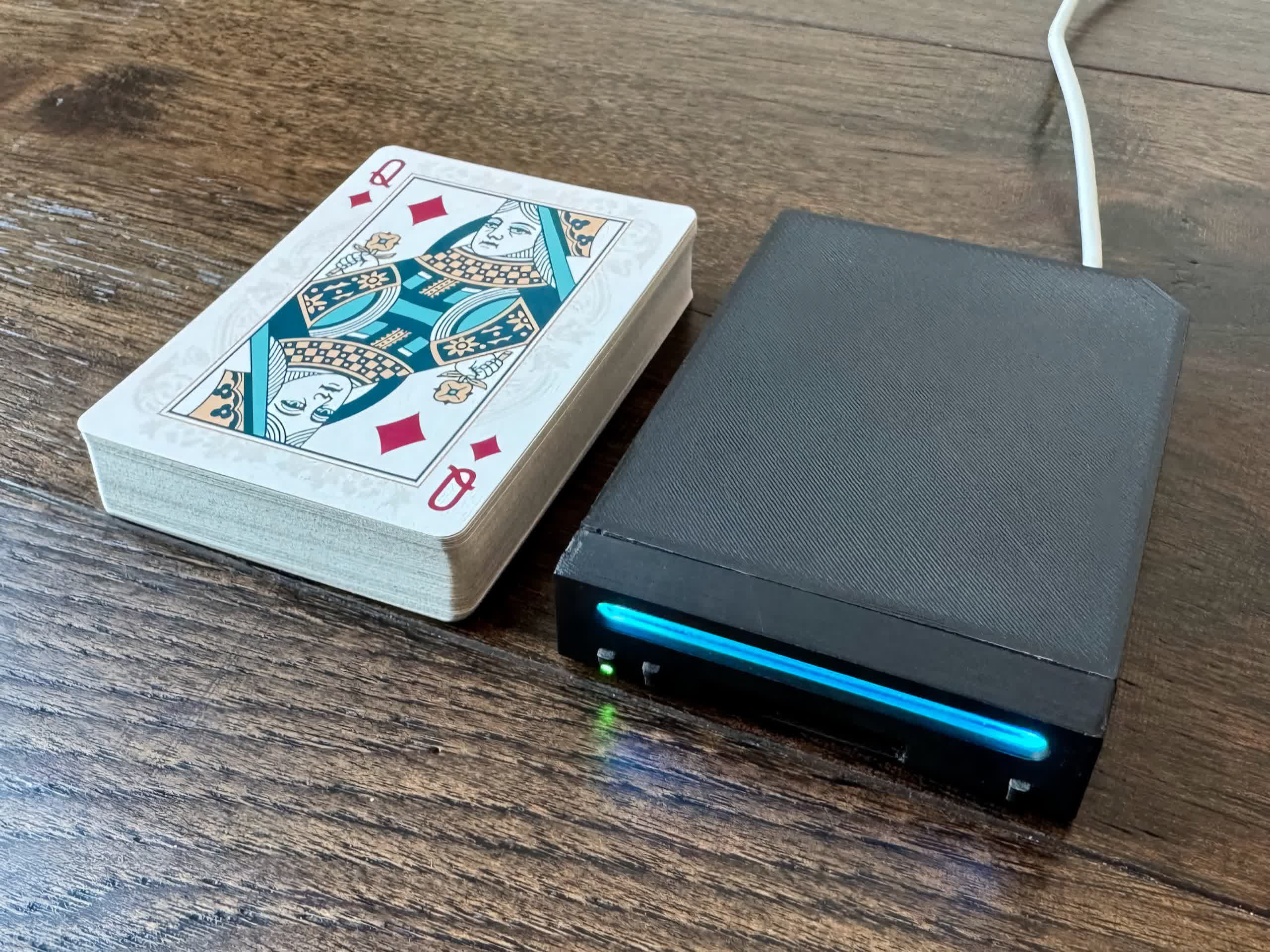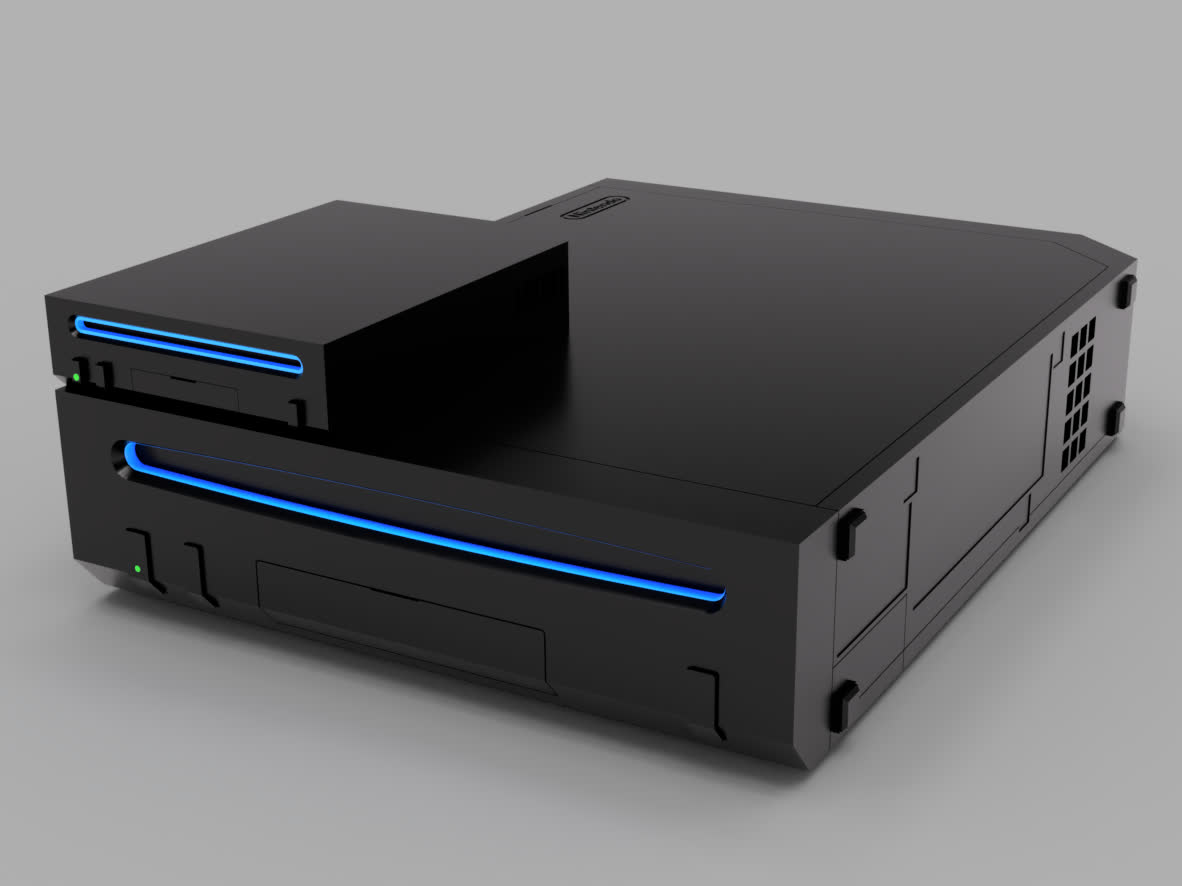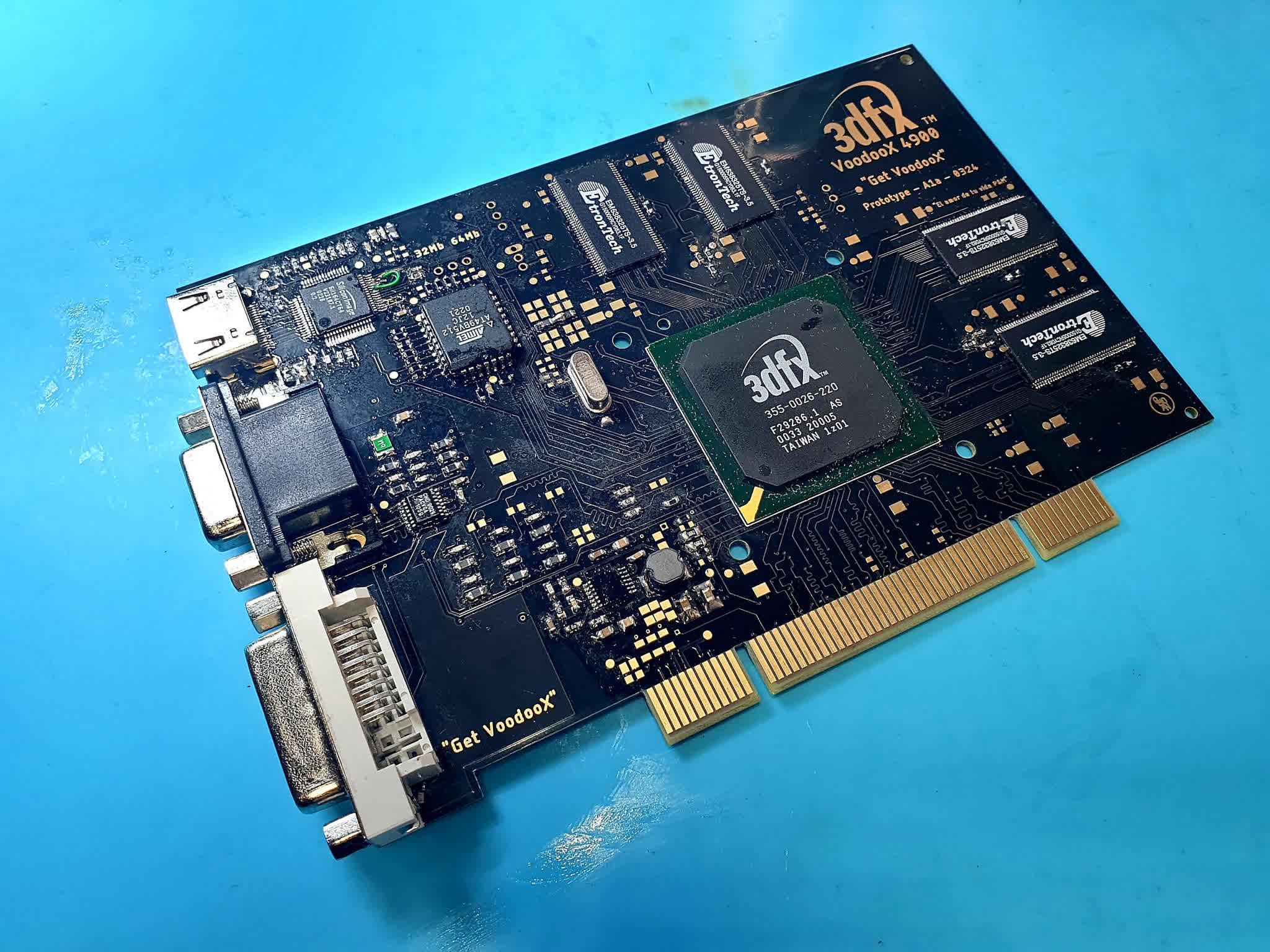All Cybertrucks recalled because acceleration pedals can become stuck
PSA: Tesla vehicles have suffered multiple recalls, but they tend to result from software problems that the company can address through over-the-air (OTA) updates without physically returning the cars. However, drivers have discovered a serious problem with the Cybertruck that software patches can't fix.

The US Department of Transportation has issued a recall for all Tesla Cybertrucks due to a defect that can cause the acceleration pedal to become stuck under the interior trim, leading to unintentional and sustained acceleration. Fortunately, pressing the brake pedal simultaneously will stop the truck.
Tesla will repair or replace affected accelerators for free under recall number SB-24-33-003 and mail notices to owners starting in June. Owners can call Tesla customer service at 1-877-798-3752 or visit their website at tesla.com/contact.
@garyblack00 @WholeMarsBlog @DirtyTesLa @SawyerMerritt
– AtheistTexan (@TriTexan) April 14, 2024
Here's why CyberTruck sales are halted. It's a SERIOUS issue.
You can see that even when this owner pressed the brake...as soon as he let off the vehicle accelerated again.
TERRIBLE design by Tesla here... pic.twitter.com/Q97ACBo6Au
The company received the earliest known customer complaint over the issue at the end of March. Testing and further customer claims confirmed that the problem is widespread enough to warrant a recall.
A TikTok video from a Cybertruck owner illustrates how grave the issue is. In the clip, user @el.chepito1985 shows that the pedal's cover can slide off and into the path of the interior trim, keeping the accelerator at full throttle. He claims this defect presented itself to him while driving, but he could fortunately stop and park the vehicle before suffering a crash.
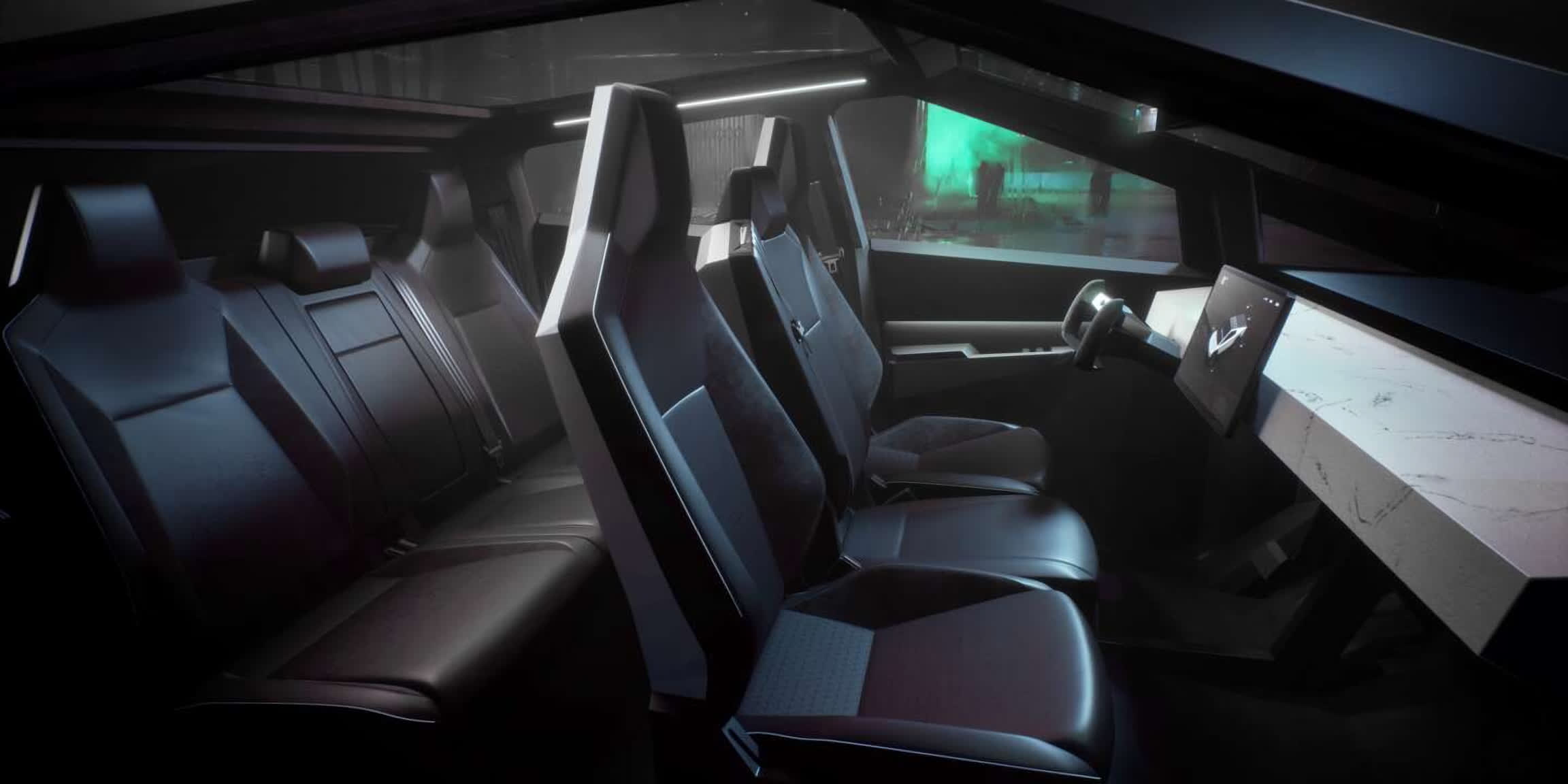
Tesla cars have suffered recalls before from problems with acceleration, autopilot, camera feeds, and other features. However, these were software problems that the company solved through OTA patches. A recall requiring physical service for each Cybertruck will likely further damage the vehicle's already tarnished reputation.
Multiple delays plagued the truck's rollout earlier this year, reportedly due to serious concerns about its design. Although the final production model resolved the glass durability shortcomings from the Cybertruck's embarrassing unveiling, post-launch tests showed that it fell short of its advertised driving range, forcing Tesla to revise it.
In related news, the company's vehicle deliveries last quarter fell by over eight percent year-over-year. Tesla blames the slide on factors like preparations for the production of the updated Model 3, the Berlin Gigafctory arson attack, and shipment delays stemming from attacks in the Red Sea. These and other problems have likely contributed to a steady decline in the company's stock price over the past few days.




